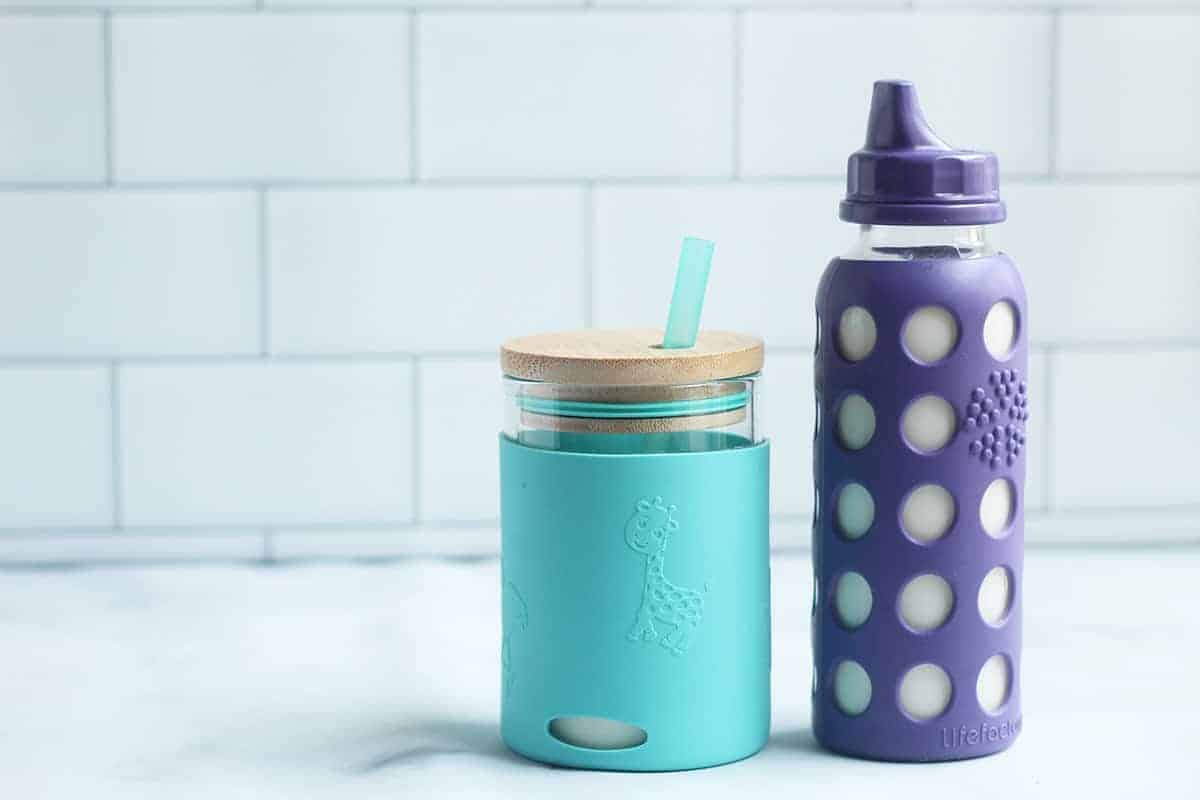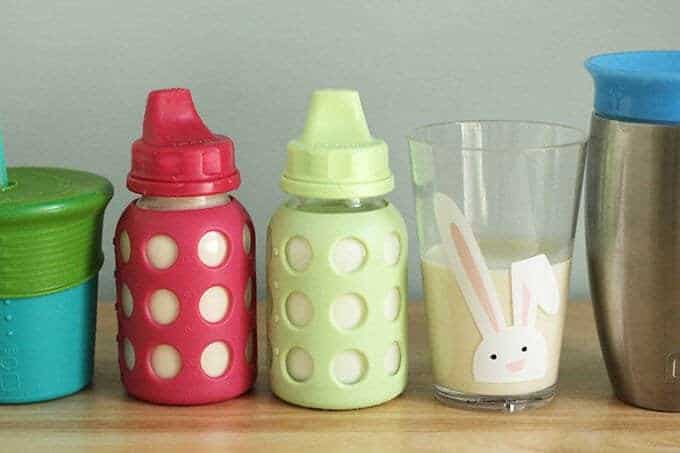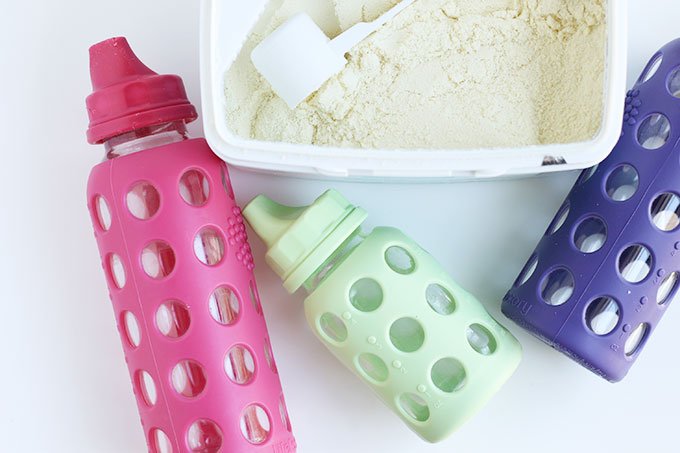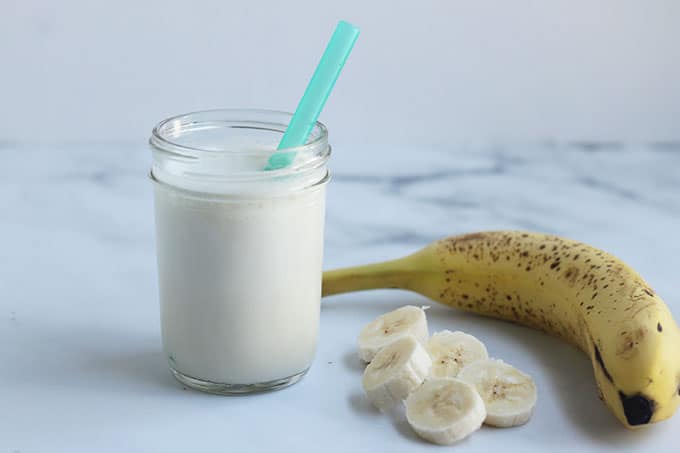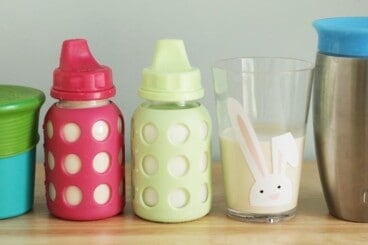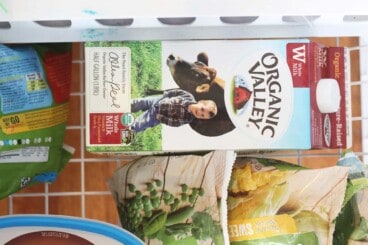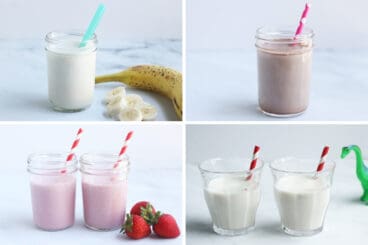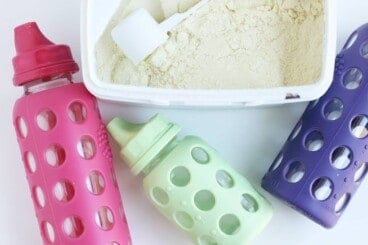Milk for One Year Olds
The American Academy of Pediatrics recommends these amounts for toddlers and milk consumption:
12-24 months: 16-24 ounces or 2-3 8-ounce cups per day 2-5 years: 16-20 ounces or 2- 2.5 8-ounce cups per day
TIP: You want to move these milk amounts to be served with meals as you continue to get your one year old onto the same general eating schedule as the rest of the family, with the goal of being done with bottles by 18-24 months.
Transitioning to Cow’s Milk
If you’re moving from breastmilk to cow’s milk, you can simply start serving a small amount with meals. (Start with 1 ounce to let the kiddo adjust to the flavor and avoid wasting the milk if they don’t love it.) Sign up for our email updates to get tips and ideas sent to your inbox. If moving from formula to cow’s milk, you can start replacing 1 ounce of the prepared formula with milk at a time, until you have the full amount replaced with milk. TIP: It’s normal for some kids to not love the flavor of milk right away (or ever). Remember that milk is just one food in a big category of dairy and it’s possible to offer other foods rich in calcium, protein, and Vitamin D.
Transitioning to a Sippy Cup from a Bottle
The AAP recommends that we start to move away from bottles by no later than 18 months (if not sooner) and I’ve found that it can help to make a big deal out of the new milk cup to help the kids through this transition. Remember that weaning from a bottle is emotional as it’s been a source of comfort, so be patient and consistent. It’s normal for the kids to have feelings about this. TIP: Read my full guide on weaning here.
Best Non-Dairy Milk for Toddlers
If you have a kiddo who’s allergic to cow’s milk or needs non-dairy milk for another reason, you’ll want to look for ones with similar nutrition as cow’s milk. Options for nondairy milk that have fat, protein, and vitamin D include soy milk and plant milk made with pea protein (such as Ripple Milk and Silk Nut Protein Milk). There are many other options of nondairy milks, though often almond, rice, and oat milk don’t have fat or protein. There is a big variety of nutrition in these (since there are SO many options now), so check the label. I also recommend choosing a plain, unsweetened nondairy milk without added sugar if possible. (Cow’s milk has sugar, but it’s naturally occurring and doesn’t taste as sweet as many nondairy milks with added sugar do.) TIP: Read my full guide to Toddlers and Milk here.
Toddler Formula and Toddler Milk
Does my one year old need “toddler formula”, “toddler milk”, or “kids milk”? No, unless there’s a medical reason and a doctor has specifically recommended these products, there is no nutritional reason to offer these fortified milks. (They are often more expensive than regular milk too.)
Best Tips for One Year Olds and Milk
For kids 12-24 months, keep milk in the 16-24 ounces a day range. For kids 2-5 years, keep milk in the 16-20 ounces a day range. Aim to start transitioning away from the bottle and towards a sippy cup by no later than 18 months. If a child doesn’t like milk or drinks less than that, know that it’s 100% okay and they can meet the recommendations for calcium from eating other dairy products including cheese, yogurt, cottage cheese, and kefir. For nondairy kiddos, look for unsweetened plain milks with fat and protein (for similar nutrition to cow’s milk) in soy milk and plant milk fortified with pea protein. Toddler formula, toddler milk, kids milk, and growing milks are not nutritionally required for little kids. Read my full Guide to Weaning here. Read my full Guide to Toddlers and Milk here. Consider my Flavored Milks as a yummy option!
I’d love to hear any questions you may have on this, so please comment below to share!
What’s the Best Milk for Toddlers?
How to Freeze Milk
Best Flavored Milks
Does My Kid Need Toddler Formula?
This post was first published on March 26, 2021.
